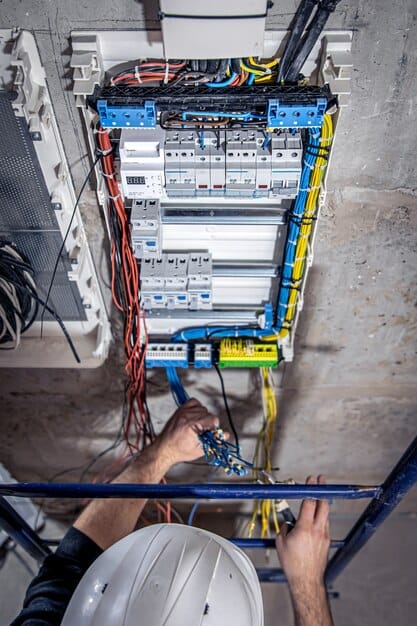Comprehensive Electrical Installation Solutions for Every Sector
At Ultra Energy VM, we deliver end-to-end electrical installation services tailored to industrial, commercial, and infrastructure projects across Maharashtra. From High Tension (HT) and Low Tension (LT) power systems to internal electrification, panel installations, and advanced cabling solutions, we ensure safe, efficient, and standards-compliant execution of every project. Our team of experienced engineers and certified electricians brings technical expertise, precision, and a commitment to quality, making us a trusted partner for reliable and scalable electrical infrastructure. Whether it’s a greenfield development or a system upgrade, Ultra Energy VM is equipped to power your project with excellence.
Energy Distribution and Load Control Solutions
Regulatory Adherence & Operational Safety
Premium Equipment and Installation Excellence
Upkeep and Performance Optimization
What We Provide & How You Gain
Frequently Asked Questions
HT vs LT Electrical Installations: What’s the Difference?
LT (Low Tension) electrical systems, in contrast, work at voltages below 1 kV and are typically found in residential buildings, commercial spaces, and small-scale industrial facilities where power demand is lower.
The decision to use HT or LT depends on factors such as the energy demand of the facility, safety standards, and regulatory guidelines.

